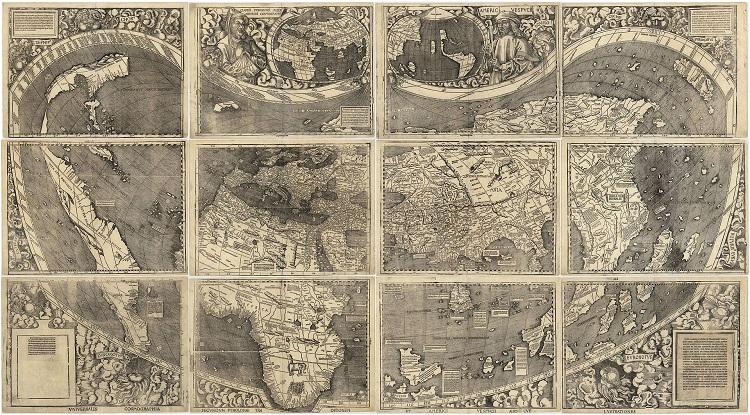
The two cold wars of the 20th century caution against the idea that today’s confrontation between the US and China is a ‘new cold war’.
The long cold war launched by Stalin and the shorter version waged by Hitler tell much about why this isn’t a cold war. Yet.
In naming the confrontation with the Soviet Union, in his 1947 book The cold war: a study in US foreign policy, American journalist Walter Lippmann said he’d merely repurposed a phrase used in Europe during the 1930s to describe Hitler’s war of nerves against France.
The long cold war of the 20th century ended quietly when the Soviet Union collapsed, while Hitler’s short cold war turned hot when his brinkmanship pushed everyone over the brink. The long and short give different understandings of whether states can remain cool in playing at the edge of war.
The 20th century cold wars offer lots of nasty history and a potent vocabulary. Language directs understanding and the new cold war is a dangerous bit of shaping; a big category error obscures more than it reveals. Names matter and ‘cold war’ is a punchy one.
As both the French and Chinese say in different ways, the naming of things is vital because it determines where you start and has much to do with where you head.
The trouble with the new cold war is that it’s a binary label for a networked world. The question last time was simple: which side of the Berlin Wall are you on?
The understanding today is about the functions and connections of the network’s nodes and the protocols in use. Myriad networks, many uses. Analogue wall then, digital web now.
How will nations, acting as nodes, view the competition and the connections as well as the confrontation? No single, simple choice is possible because so many different choices crowd and call.
Conceptualising a new cold war involves putting on the binary, two-bloc bifocals.
Strategically, the US has enjoyed unipolar privileges since the collapse of the Soviet Union. That period passes, so now, apparently, we’re to revert to bipolar business as usual, with China as the new foe.
The settings are all wrong for such a simple reversion. The ground today looks so different, ideologically, economically and in alliance structures.
Along with all the other disparities, today’s America is not the America of the cold war. Today’s occupant of the White House doesn’t have the intellect or world view of a Franklin Roosevelt or a Harry Truman or … just name your president, really. The Donald doesn’t do systems and structure, he does disruption and deals.
If we’re picking historical analogies, it might be better to look more at the long 19th century (from the French revolution to World War I) than at the frigid face-off that followed World War II.
Great-power competition is back. The questions and partial answers are those of a series of contests with many competing powers:
Q: Who you gonna trust?
A: It depends on the issue and the interests.Q: Who you gonna line up with?
A: It depends. Everybody, or nobody, or a shifting mix.Q: Who you gonna compete with?
A: Everybody!
Ngaire Woods gives a European-flavoured view of how this strategic free-for-all might pan out:
Rather than a cold war, the world may be heading toward an international system led by four powers, with the US, China, Russia, and Germany dominating their respective regions and seeking the upper hand in international negotiations. Such a scenario is reminiscent of the World War II vision of US President Franklin D. Roosevelt, who proposed that the four victorious allies—the US, the UK, China, and the Soviet Union—act as ‘Four Policemen,’ each patrolling its own sphere of influence and negotiating with the others on world peace.
Today, approximations of the same four powers are once again in the lead, only now we have stronger international institutions to help keep the peace. Whether that peace lasts will depend on the willingness of the four powers to use and adapt those institutions to the emerging international system.
The formula looks right, but it’s too simple. And in its Asia dimension, it too easily grants China leadership/dominance.
From where Australia sits, a couple of other players must be added: India and Japan. And ASEAN, with Indonesia foremost in our calculations.
As a ‘system’, this shapes as more a cacophony than a concert of power.
And that brings us back to the label issue. Names matter, so offer a name.
If this is not a cold war, what’s it to be called? My answer to the name choice in next week’s column.